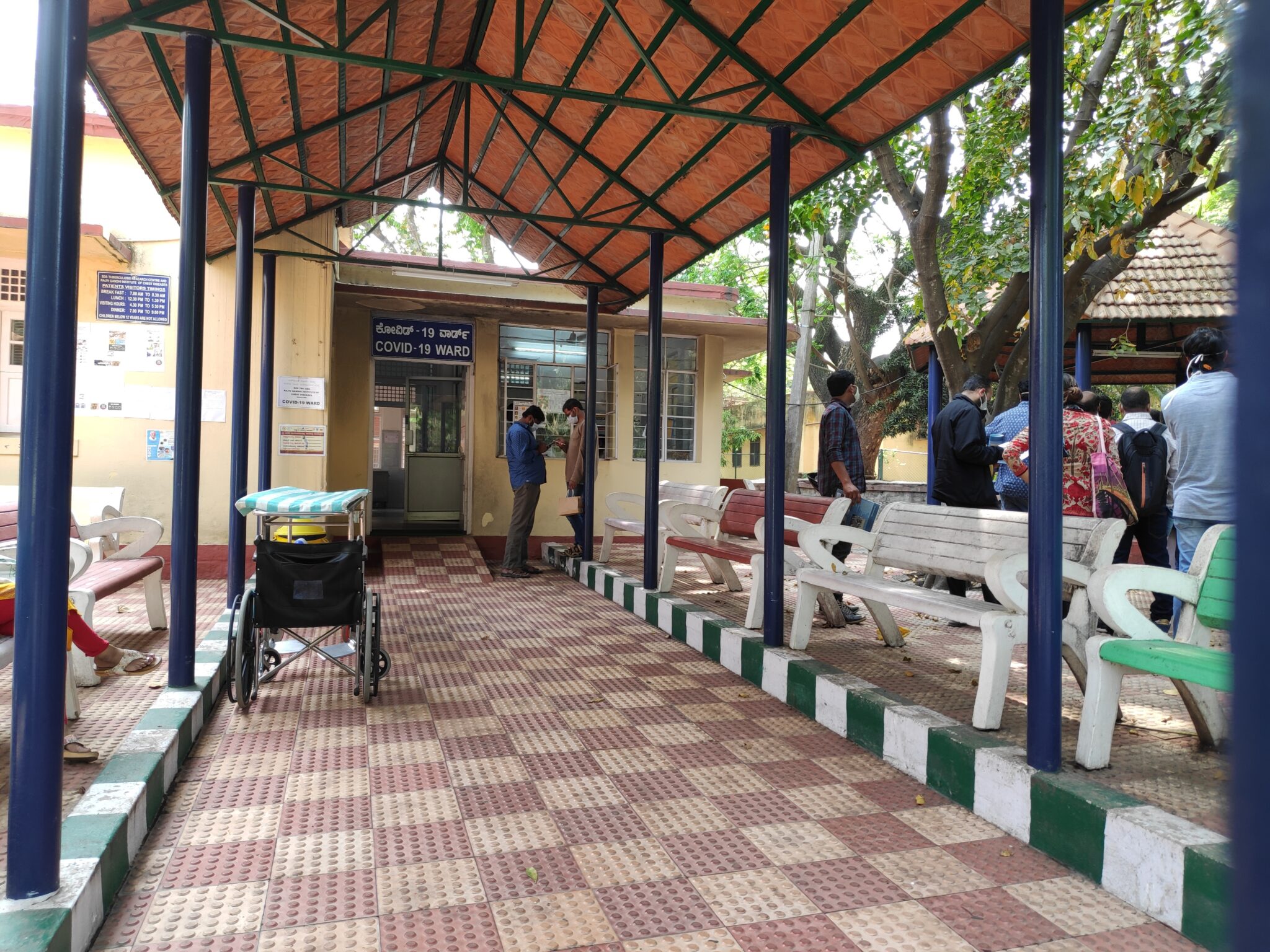
More than one in five people worldwide are at risk of developing severe COVID-19 if infected with the novel coronavirus, according to a major analysis published earlier this week.
The research, published in The Lancet, estimates that 1.7 billion people – or 22 percent of the global population – are living with an underlying condition that amplifies their risk of developing severe COVID-19, the disease caused by severe acute respiratory syndrome coronavirus 2 (SARS-CoV-2). At present, the overwhelming majority of those infected with the virus are in mild condition, but the risk of developing severe complications is documented to be higher in the elderly or those with comorbidities.
The World Health Organization (WHO) defines severe COVID-19 as “a patient with severe acute respiratory illness (fever and at least one/sign symptom of respiratory disease, e.g., cough, shortness of breath; and requiring hospitalisation.” The article goes on to note that the “WHO, along with public health agencies in countries such as the UK and the USA, have issued guidelines on who is considered to be at risk of severe COVID-19. This includes individuals with cardiovascular disease, chronic kidney disease, diabetes, chronic respiratory disease, and a range of other chronic conditions.”
With such criterion in mind, the study researchers estimate “that 349 million [186-787] people (four percent [3-9] of the global population) are at high risk of severe COVID-19 and would require hospital admission if infected.” The study notes that the risk varies with age. For example, the risk of developing severe COVID-19 is less than one percent among those aged under twenty years. In those aged more than seventy, the risk is approximately twenty percent. Males are more at risk than females. Six percent of men are believed to be at high risk, compared to three percent of females.
The researchers note that “our estimates are uncertain, and focus on underlying health conditions rather than other risk factors such as ethnicity, socioeconomic deprivation, and obesity.” However, the research does “provide a starting point for considering the number of individuals that might need to be shielded or vaccinated as the global pandemic unfolds.”
In India, 21.5 percent of the population is considered to have at least one underlying condition relevant to the severity of COVID-19 should they become infected with the coronavirus. India grapples with a dual burden of disease, experiencing high rates of both noncommunicable and communicable diseases. As COVID-19 cases in the country continue to rise, it is of vital importance that the needs of especially vulnerable populations be considered – an urgency underscored by the relaxation of lockdown restrictions in some areas of the country.

